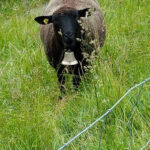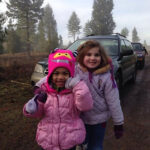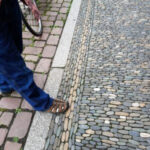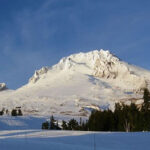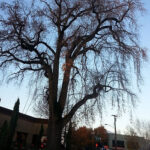Hello friendly readers! I invite you to preview my latest novel, A Fool’s Gold, a romantic suspense set in the mining era
Blog
Updated: Nov 25, 2018 August, 2018 Friends, Woody and I are on our way by train to Switzerland. We flew into Frankfurt and
Updated: Jan 8, 2019 by Rae Richen Getting there: Catching the correct part of the train was a trick we learned with the
Updated: Nov 10, 2018 Recently, I nearly wiped out, or was wiped out in a storm. There are dangers in a Virginia battlefield
Two and four year olds work hard to hike over tree farm land, but they get to see bugs. They get to
Updated: Jan 8, 2019 by Rae Richen We get it. From our last blog, you were wondering when the cows take over Main
Updated: Sep 5, 2019 by Rae Richen Rock art is hard work, but has staying power. Advertise your shop with art you can
Updated: Sep 5, 2019 January 2018 Have you heard all the arguments for going to college that you ever want to hear? Take
Updated: Sep 5, 2019 A tulip tree towers above the corner of northeast Fifteenth Avenue and Weidler Street in Portland, Oregon. Once endangered
